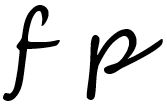Mattina is the Chinese shoemaker which I admire the most. As I’ve explained many times, it’s the most well rounded ready-to-wear shoe brand. If Oct Tenth is enthusiast-oriented, realizing the unlimited firing rights and premium handcrafted craftsmanship of the styles you want, then Mattina is the first choice for immediate needs. There is Roiluxe to try shoes on, the lasts are systemized, the size is clear, and the quality control is not bad.
Even when I look at the product itself with a more critical eye, Mattina is respectable. There’s originality in the design, and the details on the sole and welt are well worthy 2000 RMB price point.
I’ve seen some areas that could be improved on the last two pairs of shoes.
Rubber sole and stitches are easily worn

This double buckle Monk, Weber, leather quality is quite great, from a distance you can not see the fine creases after 30-40 times wear.
When I checked the sole, I was dumbfounded. Vibram rubber sole should be an absolute guarantee of durability, I did not expect the stitches are almost worn off. How could it wear so badly?
Comparing to Ray Kwok cap toe oxford.
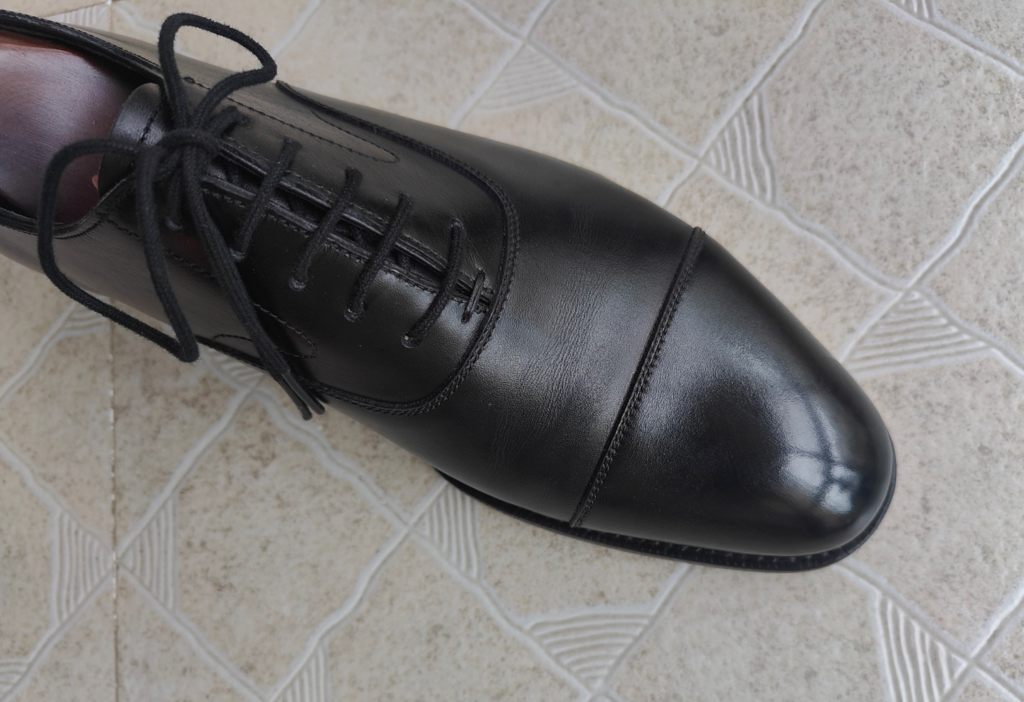
It’s also a Vibram sole and should be the exact same model.

I wear it more, and the stitching hasn’t received any aggression at all.
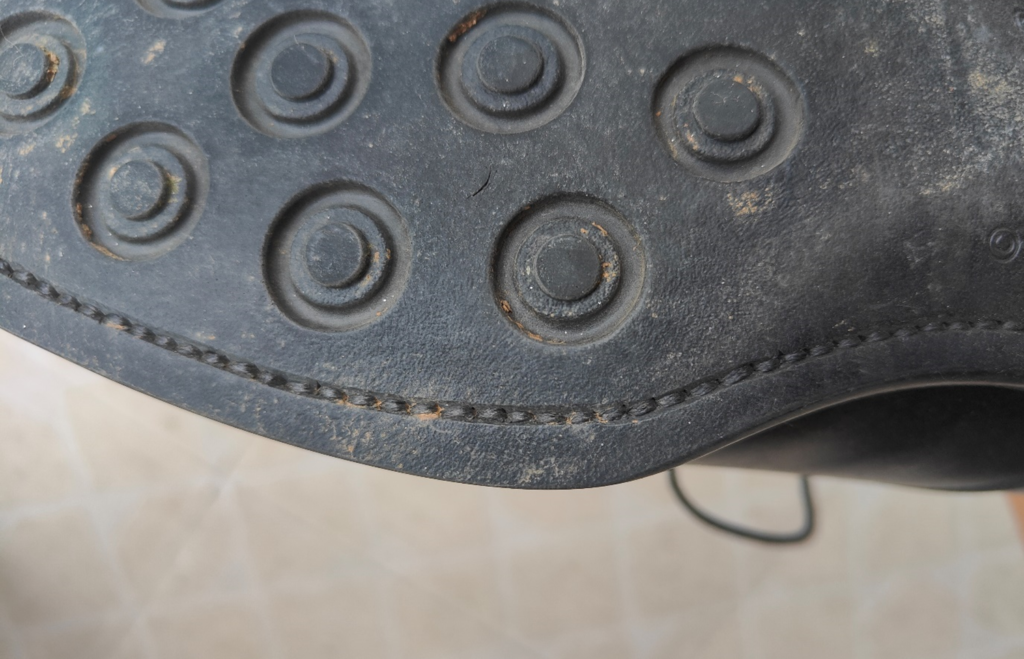
Looking closely, I was able to see that the grooves in the sole of Ray Kwok are a bit deeper. As far as I know, it seems that only leather soles have grooves, there is no way to groove a rubber sole, it would probably tear. So it should be that Ray Kwok’s stitching machine is tuned with more power, so the stitching is pulled deeper. That’s my guess, anyway, Ray Kwok wins in terms of end result.
Leather edge
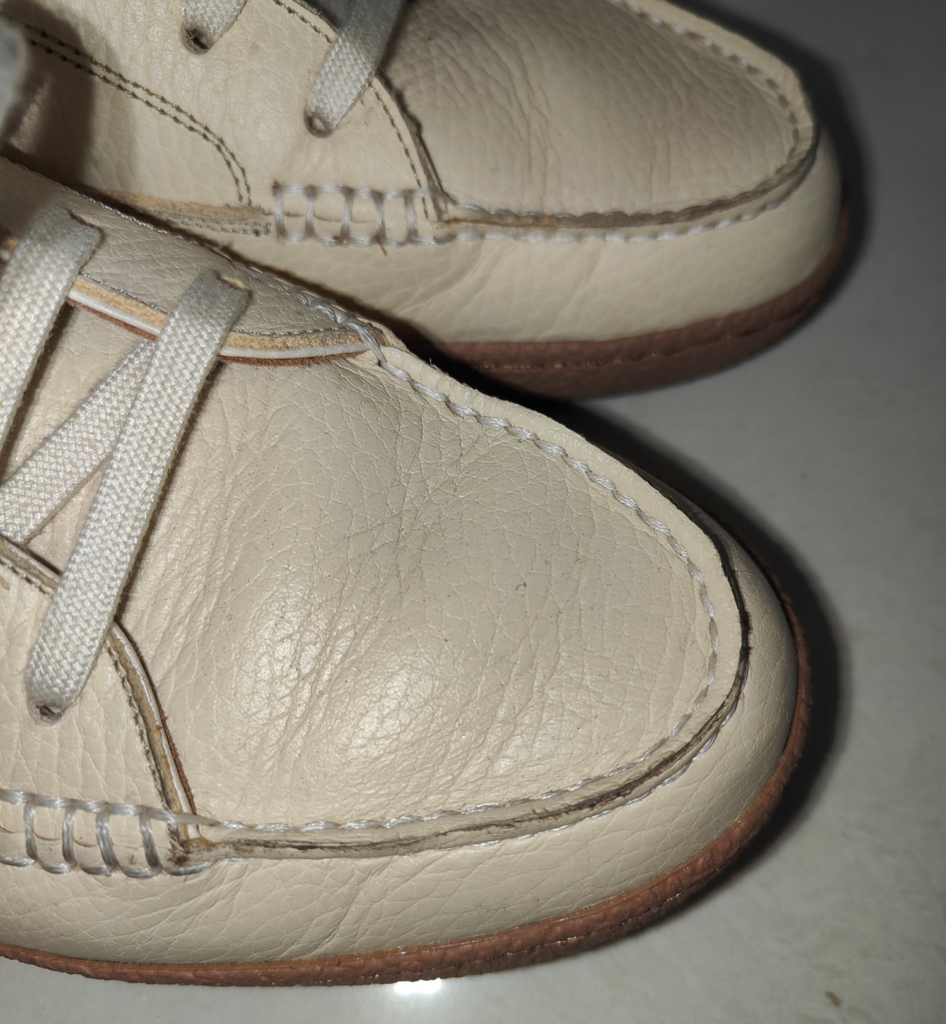
This is a pair of white drum tanned leather sneakers, Copland. If I were to describe this product in just one word, it would be premium. Premium is reflected in the design, the raw materials and the final product presentation. If there’s one element borrowed from classic men’s shoes, it’s the “pond/apron” circle on the upper, which is made in the same way as J.M. Weston’s classic Loafers 180, where the edges of the two pieces of leather are raked thin and then stitched together to create a pointy edge.
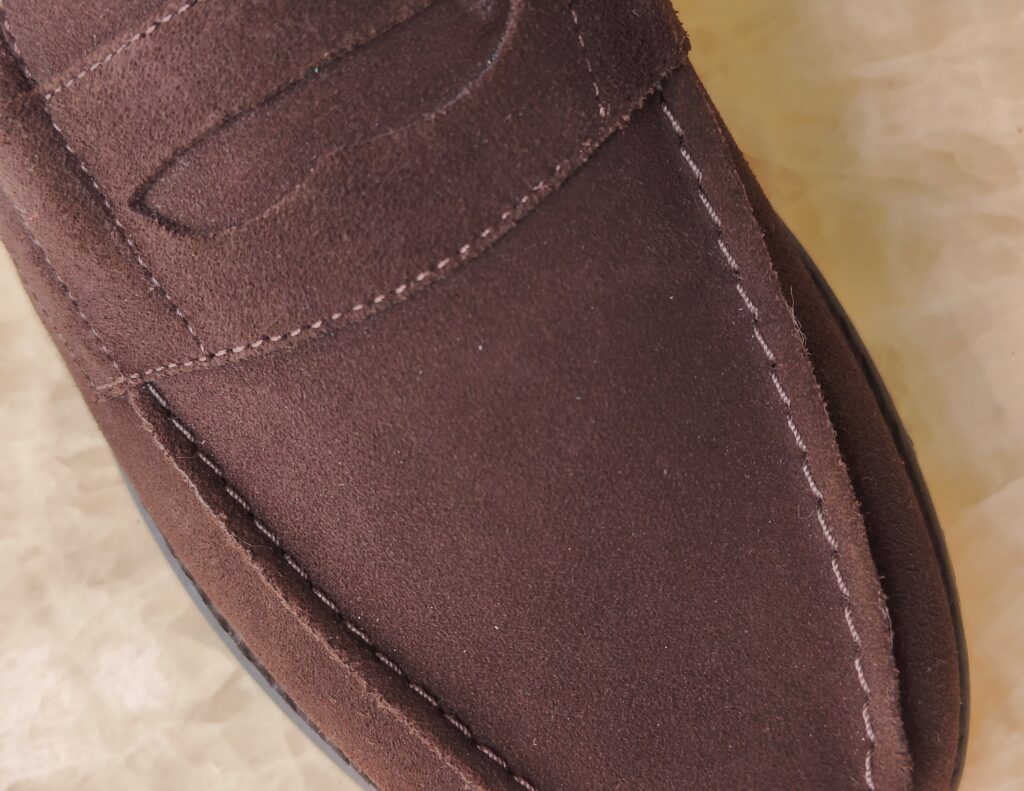
In the picture, you can see that the seam in the middle of the two pieces of leather is open, which is not a big problem, but the problem is that this pair of shoes is white, and when this seam is open, it is brown, which inexplicably gives people the feeling that the shoes are dirty. Shoes can of course be dirty, but the delicate feeling of this pair of shoes, so that dirty is not an option.
I’ve watched this area on both my own J.M.Weston 180 loafer and Carlos Santos Weston, and haven’t seen the seam open, but even if it did, it’s not an issue since the shoe is dark.
How to improve it, I can’t say.
Summary
Both of these points can be said to be product soundness. There are some products that are great when new, and when you use them, you know they’re just a flowery shelf, and there are some products that the more you use them, the more you realize, “hey, the person who made the stuff is really quite thoughtful.” The latter kind is a bonus point and forms loyal customers.
